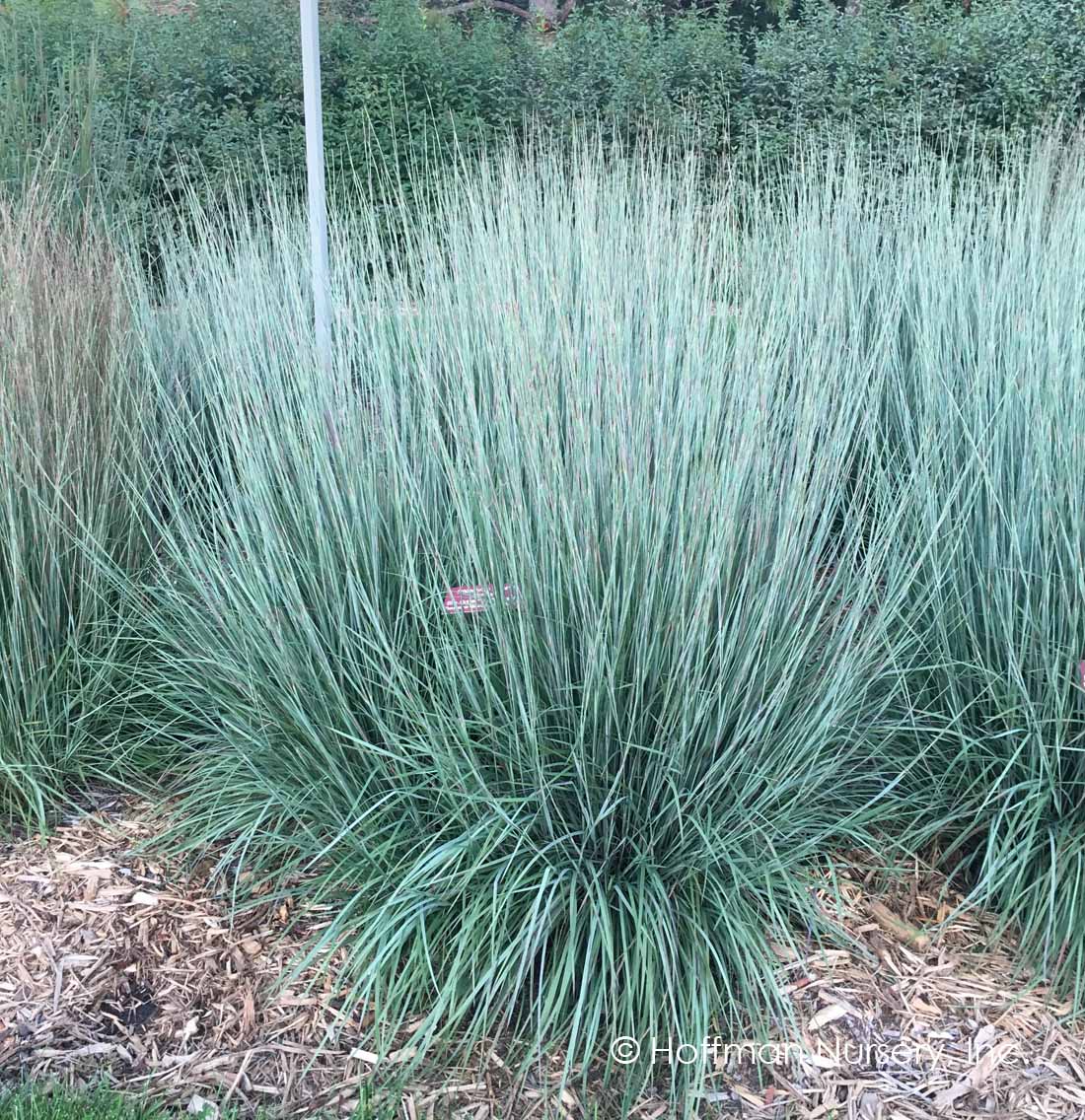

In container situations, this means you will need to divide the plant annually to prevent overcrowding and the take-over of the container. The plants also grow side shoots which can be divided from the parent and transplanted. The only way to prevent this is to cut off the seed heads before they mature, but this reduces some of the visual appeal. The seeds establish easily after spring rains wash them into the soil, which means the unwary gardener may find little bluestem in lawns and other areas where it is not wanted. The grass’s fluffy seed heads are an added attraction to this colorful plant but they freely disperse in wind and, when disrupted, send floating seeds to all corners of the garden. Considerations when growing little bluestem grass Seeds and plugs make growing little bluestem grass in the landscape easy, and they are available where wild plants are sold. It is a forage grass in native regions for wild grazers and other animals. The leaves are flat with slightly hairy bases and tend to roll up at maturity. It prefers warm regions where there are rocky outcrops or dry gritty soil but is also found as transition material between cultivated land and forest. Its color deepens to rusty mahogany in fall and the clumps persist through much of the winter unless crushed by snow. This 3 foot (1 m.) tall bunchgrass grows a foot (31 cm.) in diameter. As an added bonus, songbirds and gamebirds enjoy the seeds and it provides cover for foraging wildlife.

Growing little bluestem grass in the landscape as an ornamental foliage plant provides a dimensional and architectural foil for broad leaved and flowering plants. It is a perennial warm-season grass with pretty bluish green color followed by rust colored fall foliage and fluffy white seed heads.

Schizachyrium scoparium is the botanical name for little bluestem plant. Read on for little bluestem information so you can decide if this interesting plant is right for your landscape. It is a prolific self-seeder and can become invasive with little bluestem in lawns a major competitor to traditional turf grass. It is found in many types of soil but is particularly adapted to well-drained, nearly infertile soil which makes it an excellent erosion barrier. The flowers of Bluestems are usually in 3 dense, elongate clusters from a common point that resembles a turkey foot.Little bluestem plant is a native grass to North America. Little Bluestem Grasses are the smallest of the three varieties and grows to a maximum of 3 feet. Big Bluestem Grasses can grow up to 10 feet tall, while the Sand Bluestem is a bit smaller and grows to a height of about 7 feet. During the cold winters they turn brown and go dormant. They thrive in warm temperatures with moderate amounts of rain and tolerate harsh conditions. These grasses are tolerant of a wide range of soils and moisture. Bluestems are warm season, native, large clumping perennial grasses that come in several varieties and are used for forage, landscaping, wildlife, and conservation. These Bluestem grasses are often used to stabilize various soils and protect from erosion caused by the wind. Providing great texture, Blue Stem is a striking addition in any yard all summer, fall, and winter. Any of these low maintenance ornamental grasses are outstanding when planted in mass plantings or as an accent plant. There are three variations of bluestem grasses: big bluestem, little bluestem, and sand bluestem. Bluestem Grasses consist of a variety of grasses that are native to much of the prairie and Great Plains regions of North America.


 0 kommentar(er)
0 kommentar(er)
